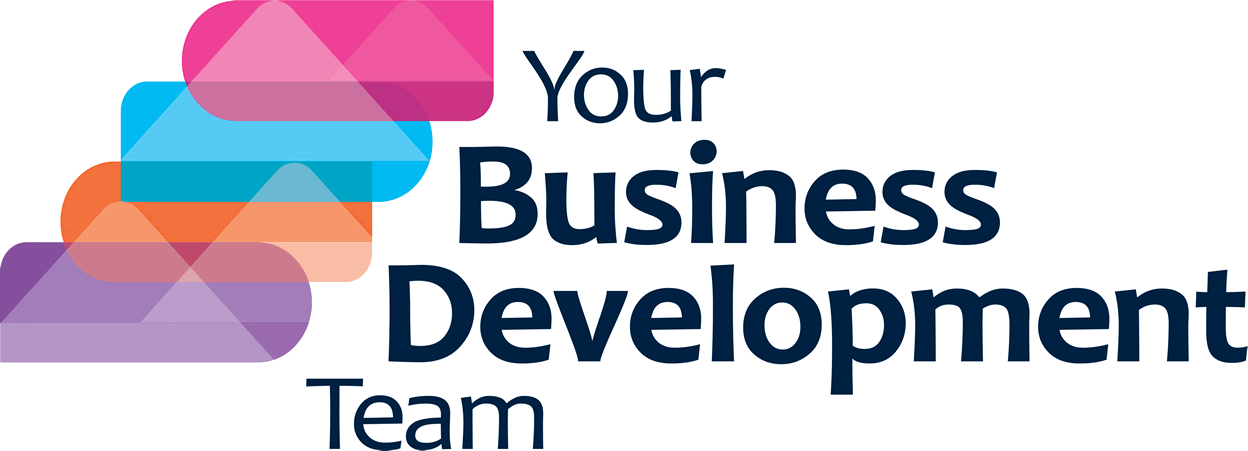A while ago, I wrote about sales styles and the importance of using the right style with your client. It occurred to me that we don’t often think about our follow up style and whether it fits our customer’s personality style. A lot has been written about personality styles and there are many ways and models that help identify your personality style. Broadly, these models measure peoples’ personalities by evaluating communication styles and decision making tendencies. Both of these elements are very important when it comes to selling in general but particularly crucial for following up.
Now, some of you may raise an eyebrow or two regarding this. I mean a follow up is just a follow up. Well in my opinion if you get the follow up wrong you could seriously damage your conversion rate. So, what constitutes getting your follow up wrong: ·
- Not following up at all·
- Following up too soon·
- Following up too often·
- Pushing too hard for a decision ·
- Not pushing at all
Based on this, you could say that there is a very big chance of getting it wrong because it’s impossible to find a one fits all process and you will be right. So, how do you create a follow up system in your business? Here are a few ideas you might want to consider:
- Before you submit a proposal, agree a suitable time to follow up with your client
- Regardless of this, make sure you call to confirm receipt of your document and reiterate when you will speak again
- When you call for an update and your prospect is yet to make a decision, ask them what needs to happen in order for this to happen and by when. Make a note and call again based on this timeline
- Use a variety of touches for your follow up, including telephone, e-mail and LinkedIn
- Always communicate with your prospect, giving them a chance to give you feedback and tell you how to continue speaking to them
- Don’t stop following up until you have a definitive answer but make sure you give your prospect space as we are all busy.
If you take nothing else from this Blog, remember that following up is essential and make sure you consider how your customer would like to be approached.
As always I am happy to speak further if you wanted some advice on following up and other lead generation matters so get in touch.


